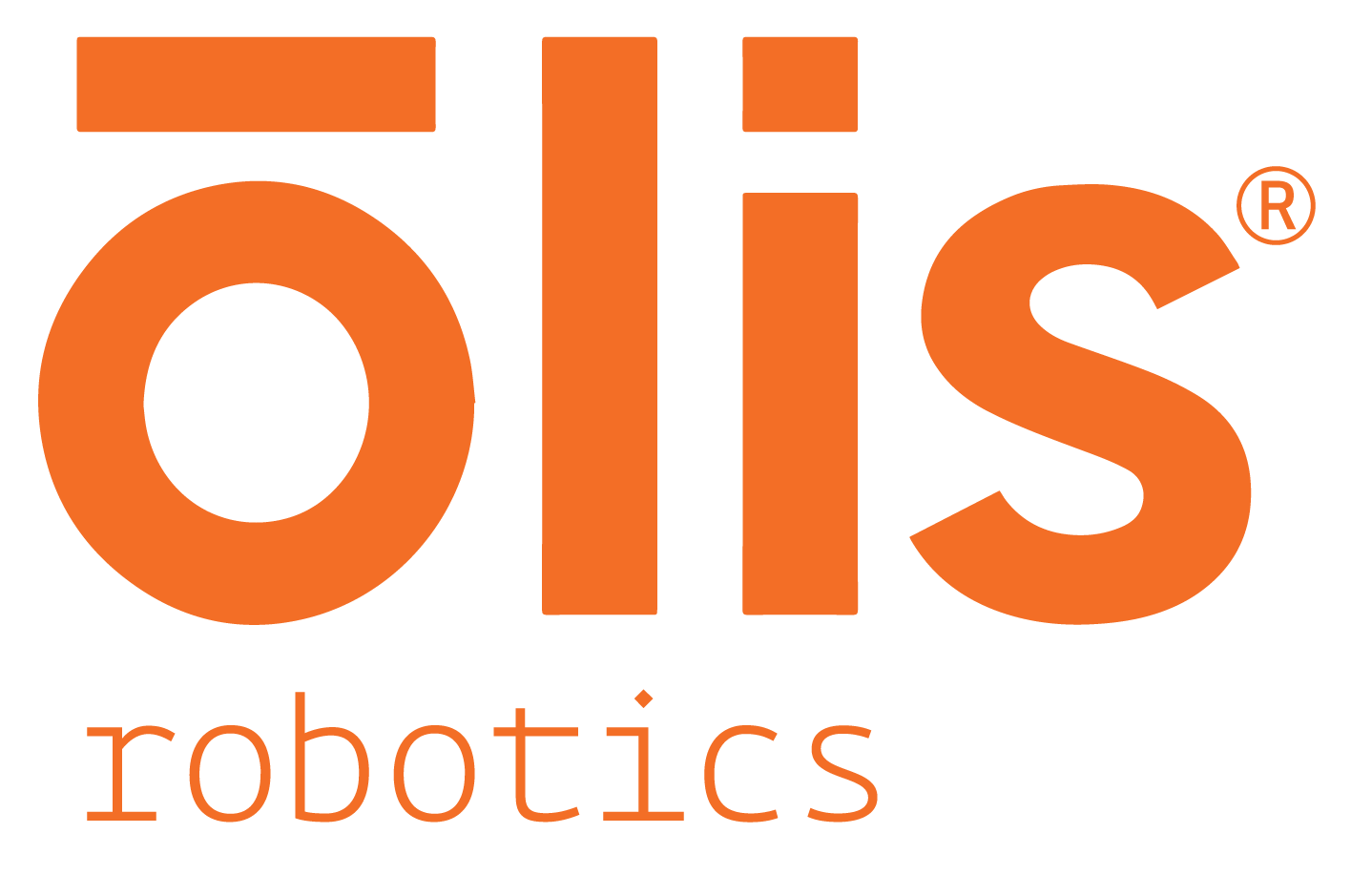5 Ways Remote Robotic Technologies Help with Labor Shortages
There’s no denying the labor shortage in manufacturing is having a considerable impact on the productivity and efficiency of the industrial sector. Companies can’t hire and train workers fast enough, and the competition for qualified people is intense, creating a great deal of risk for any company looking for growth.
Labor Shortage is Impacting your Productivity
A recent study by Deloitte and the National Association of Manufacturers paints a dire picture, forecasting that the skills gap in manufacturing could result in 2.1 million unfilled jobs by 2030, potentially costing the economy $1 trillion. In addition, the study says manufacturers reported that finding the right talent is now 36 percent harder than in 2018, even though the unemployment rate has nearly doubled the supply of available workers.
There is no one way to address this issue, forcing industrial firms to get creative as they seek to meet their goals. A common way to ease the burden of a problematic labor shortage is to get more from the workforce and capital equipment you already have, but that’s easier said than done.
Robots to The Rescue
One of the critical methods manufacturers use to combat this crisis is increasing efficiency and productivity by investing in advanced manufacturing technology like automation and robotics. This technology isn’t replacing workers—quite the opposite.
The technology enhances the productivity of human workers in ways that can drive growth and improve profits, making it a perfect solution to the current manufacturing skills gap.
Even though robotics are capable of prolonged high-quality manufacturing, they still require humans to get them out of trouble from time to time. Companies need the right tools to get the most out of their robotics investments with fewer workers available.
Robotic Remote Technologies are the Answer
Using robots is only one part of the solution because you need people to operate and manage them, but they can be a big part of the solution.
Before we dive in, let’s hear Fredrik Ryden, CEO of Olis Robotics about how remote technologies are helping manufacturers facing the labor shortage:
Now here’s a look at some robotic remote technologies advantages and how to leverage them:
-
One of the main advantages of using remote access and control in a robotic manufacturing line is doing more with the same workforce.
With one worker overseeing multiple robot work cells, you can use your skilled labor more effectively across your entire operation.
This also increases production from each shift, giving you the capacity to grow your business.
-
Manufacturing technology is complicated stuff. Whether you use robotics or traditional machinery, a problem that your staff lacks the knowledge or experience to fix will inevitably occur.
With remote monitoring and control, you can access expert assistance without setting foot in your shop.
Instead, the expert can remotely access the robot, visually inspect the parts and process, and review the manufacturing data.
-
Adding more shifts is the tactic most manufacturers choose when they need to boost production numbers.
Whether you need to fill a big contract or take on a new customer, remote monitoring and control quickly make adding a production shift seamless without overtaxing your team. When the order is filled and the shift is no longer required, you can cut the shift without being forced to lay off employees.
It’s good for the company, good for your team, and good for your customers—everybody wins!
-
With unattended production, if the robot stops, you need to put it back into action right away. That is what we call remote error recovery.
Access and control the robot remotely is the key to doing this quickly to stay on target.
Because Olis Connect makes the robot accessible through a standard web browser and the controls are intuitive, anyone can learn to solve the common issues in a robotic work cell.
-
Time is of the essence in manufacturing because the faster you can produce good quality parts, the quicker you can move on to the next job.
Combining remote robotic monitoring and control with a real-time video feed of the work in progress allows your operator can quickly access video recordings to troubleshoot what stopped the production.
Olis Connect is a perfect solution for any manufacturer looking to improve throughput with unattended production or lights-out manufacturing.
Watch this video where a technician located away from the factory remotely connects to this palletizing application using a computer, fixes the problem, puts the robot back into production, and visually confirms that everything is working correctly again.
Remote Monitoring & Control of Robots is Key to Solve Labor Shortage
It’s easy to see how adding remote monitoring and control in robotic applications is one way to help cope with the effects of the tight labor market. In addition, remote access unlocks the full potential of a robotic manufacturing cell and significantly improves ROI.
Moreover, considering the increased investment in robots and automation technology across many industrial sectors, it’s a sign that manufacturers are taking the steps they need to grow their business and protect their investments.

